Today is 911 Day! Driving a Porsche Means Carrying on a Legacy: A Look Back at the History of the Porsche 911
公開日:
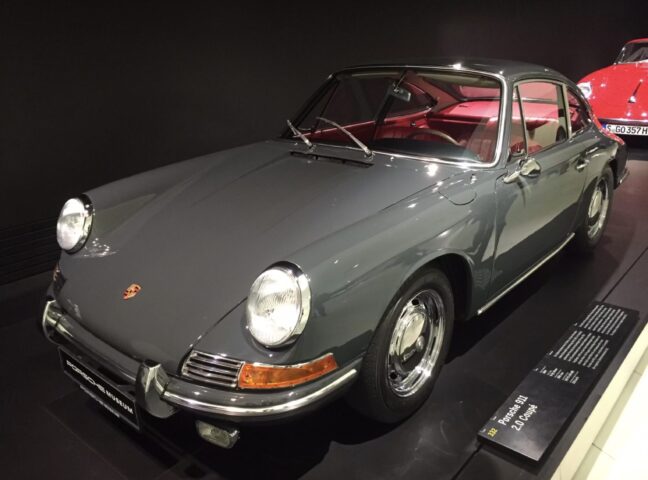
Today is September 11th, “911” Day. Surely, the car community on social media will be buzzing about “911 Day.” So, today I’d like to take a brief look back at the history of the 911.
コンテンツ
Overview and History of the Porsche 911
Going back 60 years, the Porsche 911 was born in 1964. Since then, it has been known worldwide as a high-performance sports car, with its rear-engine, rear-wheel-drive layout, fastback body shape, and round headlights all preserved from its debut to the present day.
By the way, a fastback is a car design where the roof slopes smoothly down to the rear end without interruption. This style creates a flowing roofline that blends seamlessly into the body, giving the car a unified, sleek look.
That’s exactly the essence of Porsche’s design.
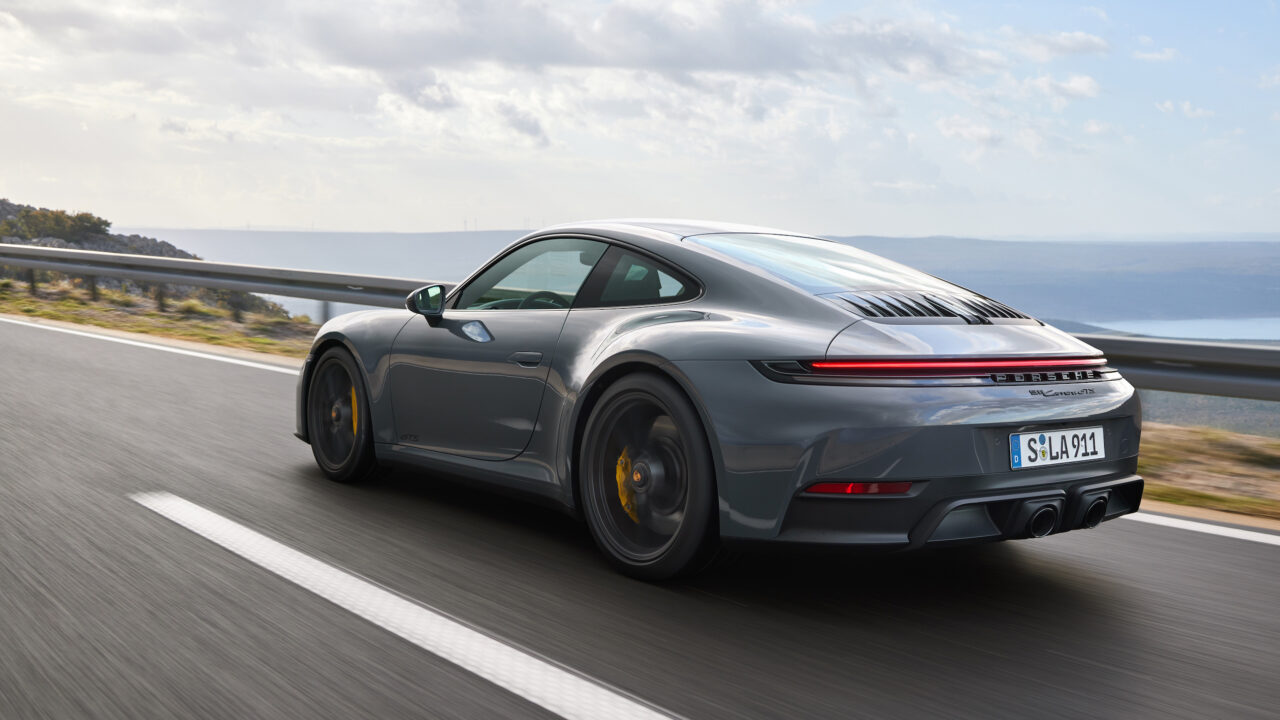
Type 901 (First Generation 911)
The first 911 was the 901. When I visited the Porsche Museum in Stuttgart on my honeymoon, it was probably there… but at the time, I had no interest in cars, so I don’t remember it at all and barely took any photos.
What a waste that was.
The 901 prototype was unveiled at the 1963 Frankfurt Motor Show as the successor to the 356, and full production began in 1964. It featured a newly developed air-cooled flat-six SOHC engine (1,991cc) producing 130 PS. It was designed to combine high output with low noise and to allow for future displacement increases.
Originally called the “901,” it was renamed “911” because Peugeot had trademarked three-digit numbers with a zero in the middle. This was also the first time Porsche used the “Carrera” grade name.
There’s history in the name—how fascinating.
Evolution of the 911 Models
Looking briefly at the evolution of the 911 models:
Early models had handling issues, so weights were added to the front bumper as a countermeasure. The 1966 911S was upgraded to 160 PS as a sports model, with improved brakes and weight reduction.
The Targa model was introduced at the 1967 Frankfurt Motor Show, and in 1968, the 911T was launched. The 911T was a detuned, budget-friendly version with 110 PS designed to reduce costs.
So that’s the origin of my first Porsche, the Carrera T.
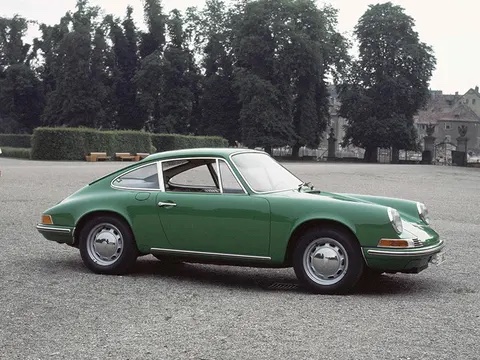
Later, the 911E replaced the 911L name, producing 140 PS.
Subsequent series saw continuous improvements: wheelbase extensions, engine and transmission upgrades, displacement increases, and transmission refinements.
Looking at special limited editions:
・911R (1967 limited release): A lightweight race and rally model producing 210 PS, with only 23 units made.
・911 Carrera RS 2.7 (1973 limited production): Nicknamed the “Nanasan Carrera.” A high-performance model with 210 PS. The initial production sold out quickly, leading to over 1,000 additional units, with only 14 officially imported to Japan.
Seeing a Nanasan Carrera on the Royu Driveway was truly witnessing something rare… incredible.
Other legendary limited models include the 911 Carrera RS 3.0, Carrera RSR, 911 Carrera Speedster, 911 Carrera RS 3.8, Carrera GT, GT2, and many more.
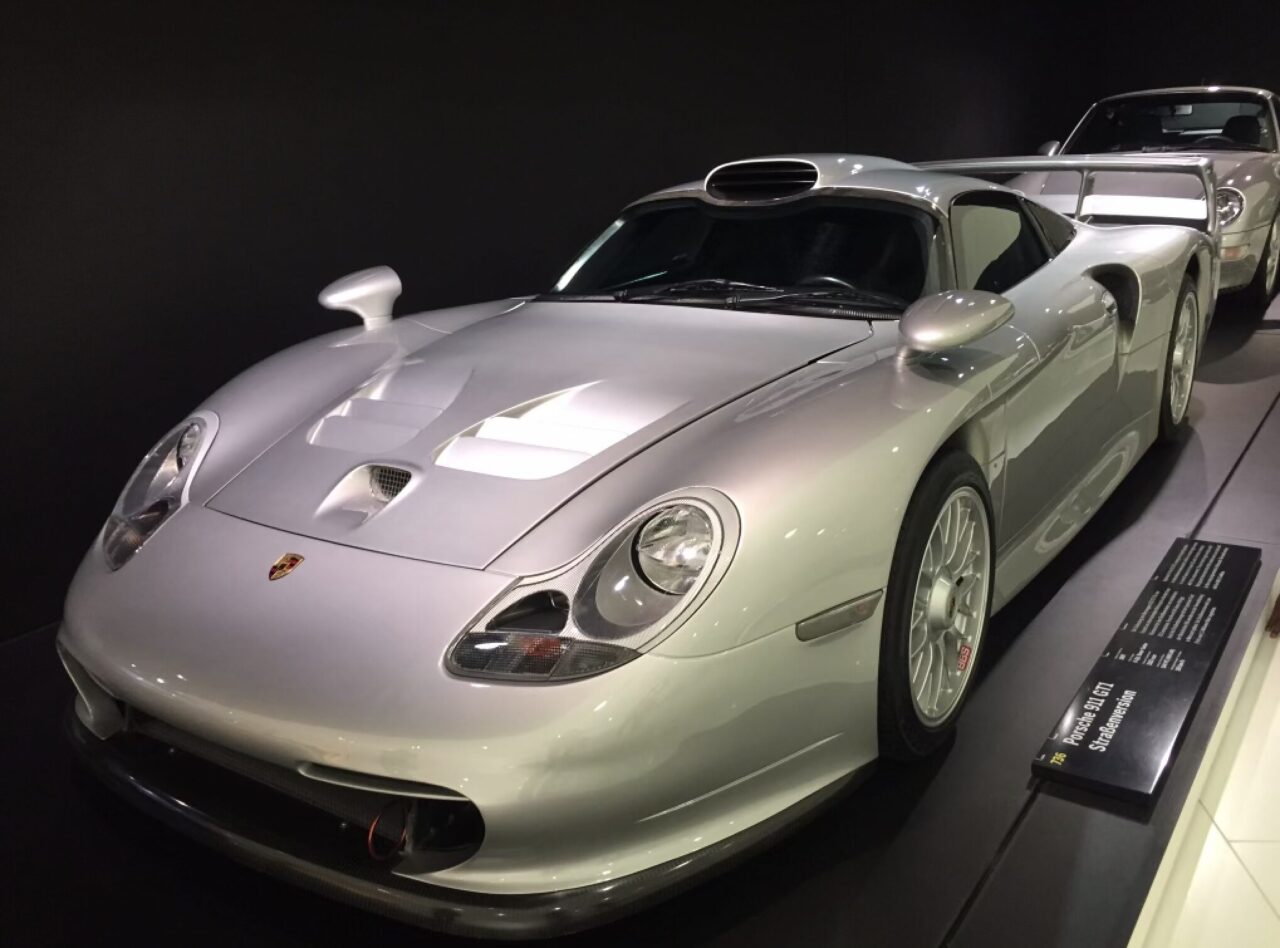
As for regular production models:
・Type 930 (1974–1989): Redesigned exterior to meet U.S. safety standards in 1974. The “911 Turbo” featured a turbocharger and luxurious interior, gaining popularity. Notable for wide fenders and a large rear spoiler.
・Type 964 (1989): Over 80% newly designed. Introduced all-wheel drive and Tiptronic automatic transmission.
・Type 993 (1993): Switched to multi-link rear suspension. The last air-cooled Porsche engine model.
・Type 996 (1997): Adopted water-cooled engines and marked the first full model change.
・Type 997 (2004): Round headlights returned, with engine and transmission improvements.
・Type 991 (2011): Lightweight chassis introduced. Later models featured turbo engines across the lineup.
・Type 992 (2018): The latest model. The GT3 uses a front double-wishbone suspension.
And here we are today.
The 911 has a truly long and rich history.
Our Family’s 911
Finally, I’d like to introduce the 911s our family has owned and currently owns.
Type 964
911 “MY1992 911 Carrera 2 (964A).”
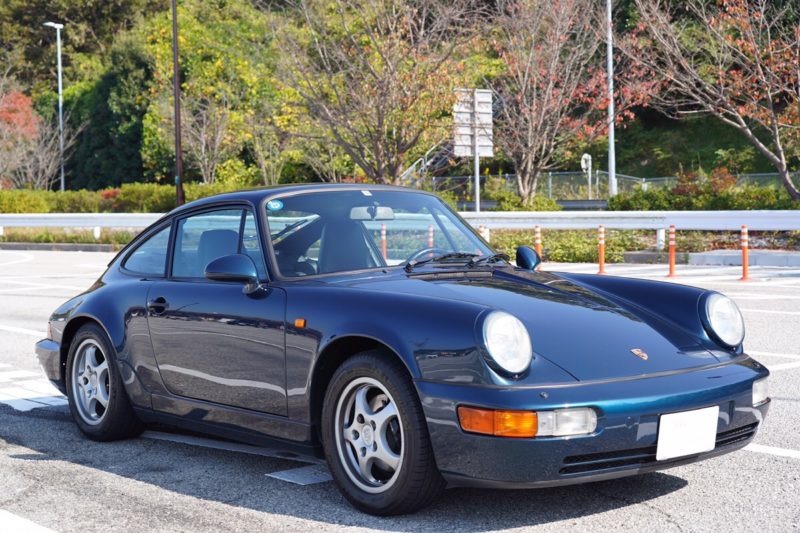
Main options and specs are as follows:
RHD, 4-speed Tiptronic, Amazon Green Metallic (body color), genuine 16-inch Cup wheels, MICHELIN Pilot Exalto PE2 tires F:205/55ZR16 91Y N0 R:225/50R16 92Y N0, original cassette tape deck/CD changer (removed and stored; replaced with Pioneer DEH-970 at purchase), 55,000 km at purchase, Mitsuwa official import, original condition
991.1 Carrera 4 GTS
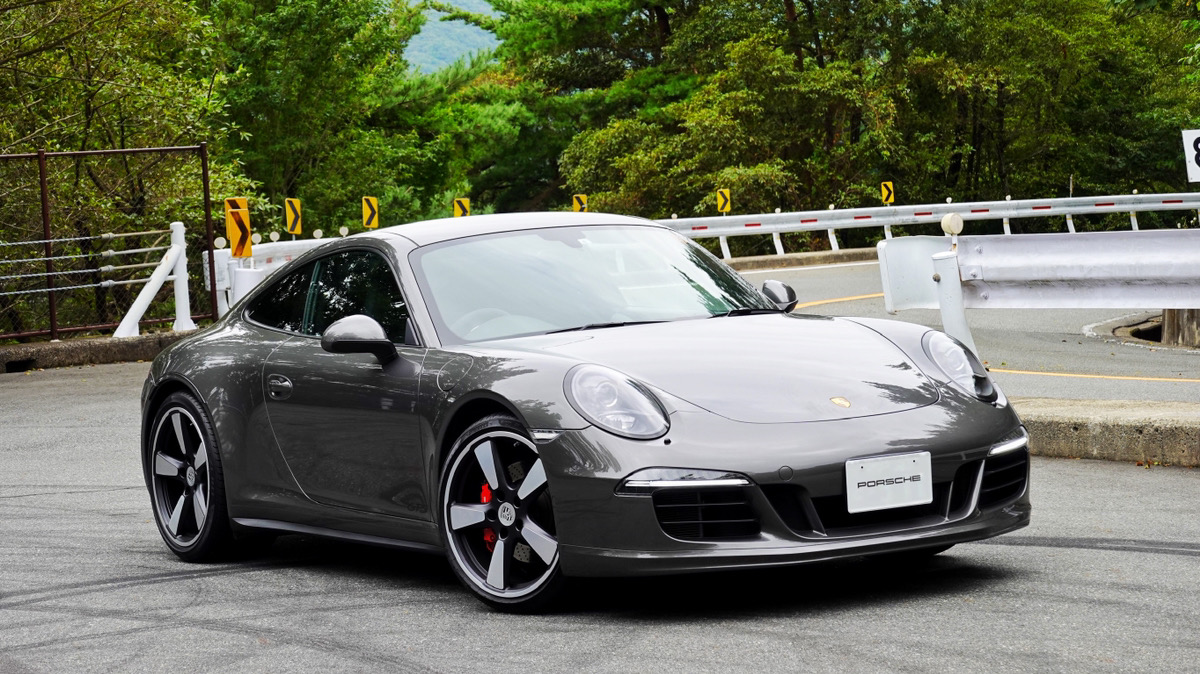
Main options and specs:
RHD, PDK, Agate Grey Metallic (body color), GTS interior package, Carmine Red instrument panel, heated front seats, 20-inch Carrera S wheels, passenger luggage net, smoker’s package, 2-seater configuration, power folding door mirrors,
992.1 Cabriolet
911 Carrera Cabriolet.
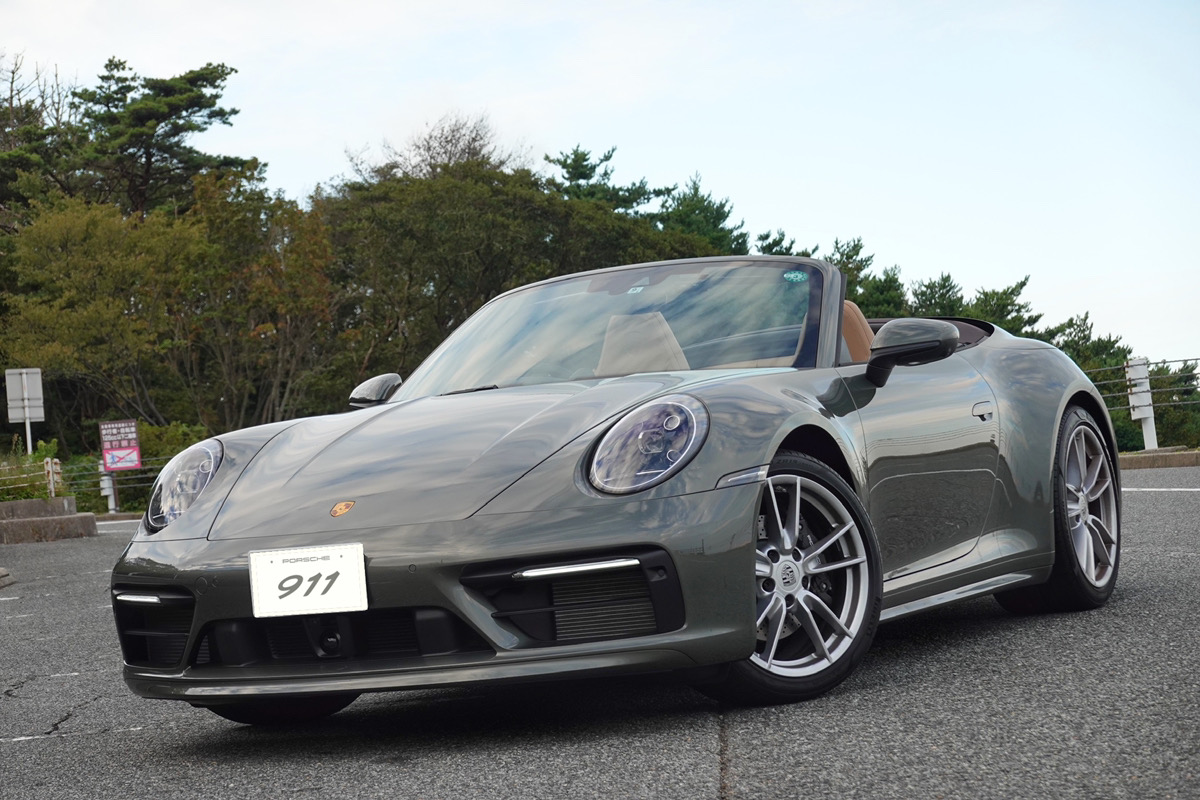
Main options and specs:
RHD, 8-speed PDK, Aventurine Green Metallic (body color), Brown soft top, Standard interior Black/Mojave Beige, partial leather seats (interior), Sports Design package, Sports Design side skirts, 911 logo high-gloss black finish, Sport Chrono package, 19/20-inch Carrera wheels, LED headlights, auto-dimming mirrors including PDLS Plus, Adaptive Cruise Control, Lane Change Assist, Porsche Entry & Drive system, sports seats, front seat ventilation, multifunction GT sports steering wheel, storage package, Porsche crest embossed headrests, Dark Paldao interior package
992.1 Carrera T
My first Porsche: the Porsche 911 Carrera T.
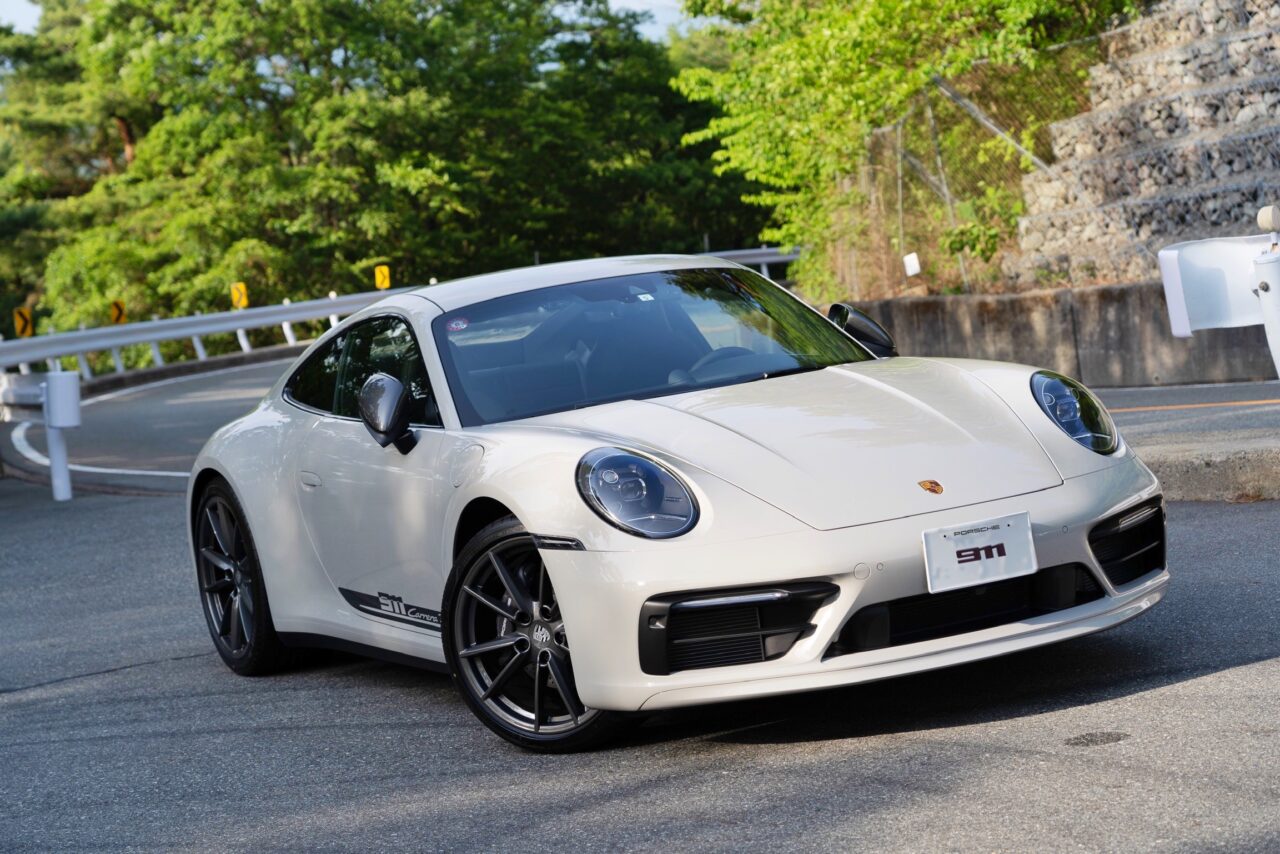
Main options and specs:
Exterior color: Crayon
Interior color: Carrera T interior package (contrast color: Slate Grey)
Seats: Adaptive sports seats (18-way power adjustment) with memory package, rear seats
Exterior: Sports Design package, Porsche Exclusive Manufaktur side window trim (high-gloss black)
Drivetrain/Chassis: 7-speed manual transmission, front axle lift system, rear axle steering
Wheels: 20/21-inch Carrera S wheels (high-gloss titanium grey)
Lights: LED headlights including Porsche Dynamic Light System Plus (PDLS Plus)
Comfort and assistance systems: Lane Change Assist
Interior: Heated GT sports leather steering wheel, storage package, interior package (painted same color as exterior), white speedometer panel
Driving a Porsche Means Carrying on a Legacy
This applies to all Porsches: every era and every model has its own distinct strengths.
Each has its own character.
They say, “The newest Porsche is the best Porsche,” and while the latest models are indeed the best in terms of performance, when it comes to the joy of driving felt through the senses, sometimes older models have stronger appeal.
It’s not about higher or lower grades; each model truly has its own unique flavor, which I always find amazing.
Base models have their charm, turbos have theirs, GTS models theirs, and Ts theirs… each packed with appeal. That’s probably why so many people say, “I just can’t trade mine in!” and end up adding more cars to their collection (amazing, isn’t it? lol).
I’ve heard that many older Porsches are now being exported overseas.
Those driven in Japan tend to be in excellent condition and are popular abroad as well.
An owner of a ’73 Carrera once told me, “To appreciate a classic is to carry on its history,” and I’ve come to deeply understand the meaning of those words.
I’m also hearing bits and pieces that production slots for the late 992 models are being finalized, so I’m really looking forward to the future of the 911.
I’ll do my best to be able to buy another 911 someday!
このブログが気に入ったらフォローしてね!


Comment ( 0 )
Trackbacks are closed.
No comments yet.